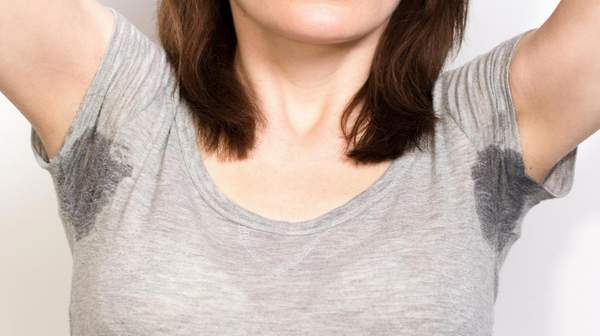What is lichen planus?
Lichen planus is a chronic recurrent rash that is due to inflammation. The rash is characterized by small, flat-topped, many-sided (polygonal) bumps that can grow together into rough, scaly plaques on the skin. There may also be a rash in the lining (mucous membranes) of the mouth or vagina.
Lichen planus is a very curious and poorly understood skin condition. Its name is descriptive in that to some it resembles a simple plant, a lichen, that grows on rocks and tree bark, while planus is Latin for flat.
Lichen planus is not contagious. You cannot get this disease from someone else, and you cannot give it to anyone.
Who is at Risk for Lichen Planus?
Lichen planus can occur in anyone at any age, but there are certain factors that make some people more likely to develop the condition. The skin form of lichen planus occurs in men and women equally, but women are twice as likely to get the oral form. It is very rare in young and elderly people, and most common in middle-aged people.
Other risk factors include having other family members with lichen planus, having a viral disease like hepatitis C, or being exposed to certain chemicals that may act as allergens. These could be antibiotics, arsenic, gold, iodide compounds, diuretics, and certain kinds of dyes.
Symptoms of Lichen Planus
Mouth sores
- May be tender or painful (mild cases may not cause plain)
- Are located on the sides of the tongue, inside of the cheek, or gums
- Look like blue-white spots or “pimples”
- Form lines in a lacy network
- Gradually increase in size of the affected area
- Sometimes form painful ulcers
Skin sores
- Are usually found on the inner wrist, legs, torso, or genitals
- Are itchy
- Have even sides (symmetrical) and sharp borders
- Occur in single lesion or clusters, often at the site of skin injury
- May be covered with thin white streaks or scratch marks (called Wickham’s striae)
- Are shiny or scaly looking
- Have a dark, reddish-purple color on the skin or are gray-white in the mout
- May develop blisters or ulcers
Other symptoms:






















